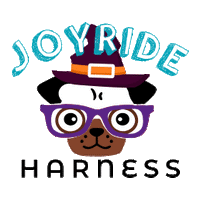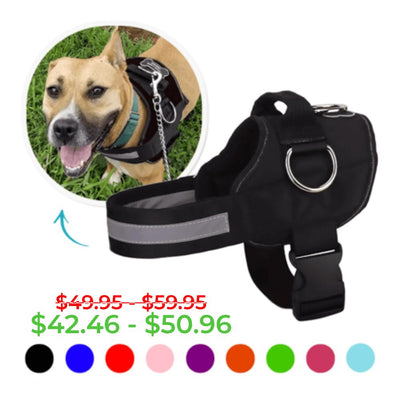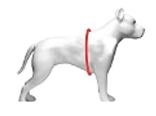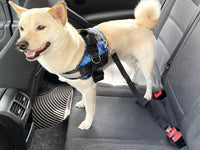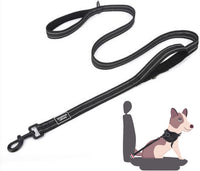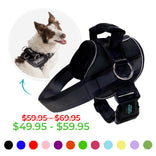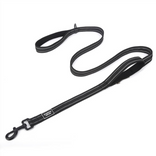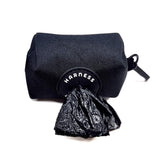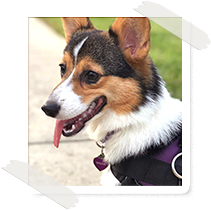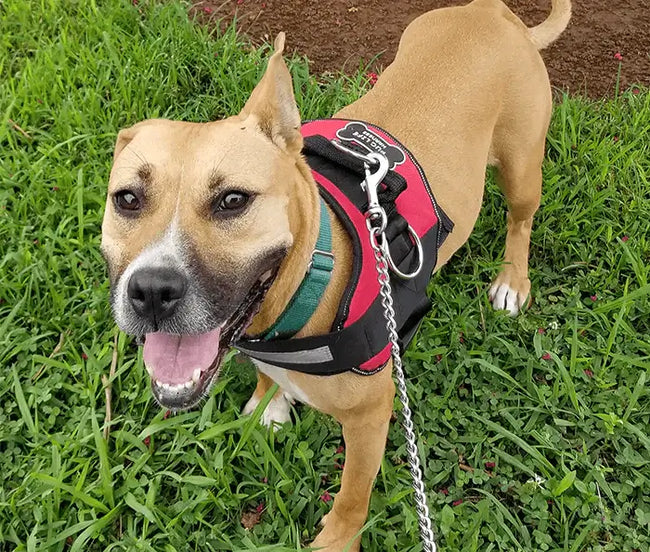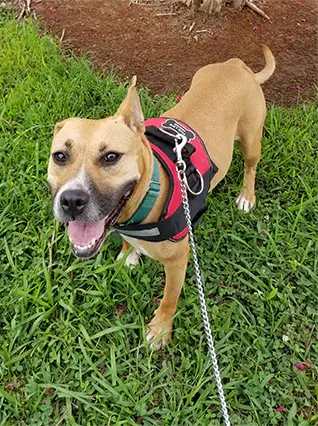Training Your Dog To Be The Perfect Walking Partner
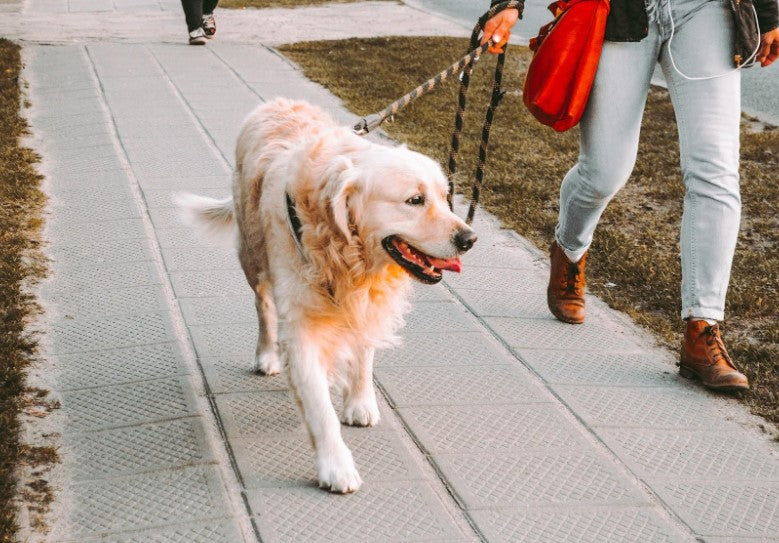
Ever picture yourself enjoying peaceful, long walks with your dog by your side?
Dreaming of outings where tugging, pulling, and constant distractions are a thing of the past? You're definitely not the only one!
Transforming your lively dog into the ultimate walking partner is totally achievable. It just takes a bit of patience, the right approach, and a positive attitude. No matter if you have a puppy or a old dog, achieving your dream of perfect walks together is within reach.
All it takes is time and training. With this guide, we can help you transform your walks into enjoyable, stress-free fun.
Leash Manners 101: From Pulls to Politeness

It's important to teach your dog good leash manners for easy walking. To do this, make sure your dog has a comfortable, secure harness that fits properly. Check the buckles to make sure they are not pinching or irritating your dog. Additionally, a no-pull harness can make your life easier by gently discouraging pulling.
Practice at home in a low-distraction environment, rewarding your dog with treats and praise when they behave. As your dog learns, gradually increase the distractions by practicing in busier areas.
Before you start going on walks, your dog should know basic obedience commands like "sit," "stay," "come," and "leave it." These commands are the foundation of good leash manners.
Training Techniques

Training is very important for teaching your dog how to behave on the end of the leash. Practice training whenever you can. Don't limit training to formal sessions! Instead, work it into your daily routine. For example, ask your dog to sit before crossing the street. Or have them stay before allowing them to greet another dog.
It's also important to only use positive reinforcement when working with your dog. Reward good behavior with treats, praise, or affection. Positive associations make learning fun for your dog. This means that your dog is more likely to behave well during walks.
These training techniques will help you teach your dog how to behave on a walk.
Heel
Your dog should know how to heel. This command tells your dog to walk calmly beside you—practice in short, controlled sessions, especially at first. Always reward your pup when they stay by your side. Consistency is key here! Over time, your dog will learn that "heel" means they need to walk nicely.
Stop-and-Go
Use the stop-and-go technique to discourage pulling. If your dog starts pulling ahead, come to a sudden stop. Wait until the leash slackens before resuming your walk. This teaches your pup that pulling leads to a stop. It shows them that it's easier to walk beside you.
Distract and Redirect
Dogs are naturally curious, and often get distracted as they walk. It's important to let them explore and sniff some things. But don't let them pull you towards every exciting scent or sight! Practice redirecting their attention back to you. Do this with positive reinforcement. Use treats, toys, or a cheerful voice to get their focus back. Don't yank on the leash! This is unpleasant and will scare your dog.
Harmonious Walking Experience: From Tension to Tranquility

So how do you make every walk a great one? There's a big difference between a quick walk in the yard to go potty and a longer walk for exercise. Here are some ways to make sure that your walks are fun for both of you!
Establish a Routine
Dogs thrive on routine. Regular walks help them get enough exercise and stay calm at home. Establish a consistent schedule to provide your pup with a sense of predictability.
Vary Your Routes
Keep walks interesting by exploring different routes and environments. This variety prevents boredom and gives your pup new things to see and do. A mentally stimulated dog is less likely to exhibit naughty behaviors during walks.
Allow Exploration Time

Good leash manners are important, but so is exploration. Let your dog have some time during the walk to sniff and investigate their surroundings.
Pay Attention
Pay close attention to your dog's body language. Recognize signs of stress, excitement, or discomfort. Slow down or speed up if you need to! You can also walk away from potential sources of stress.
Use The Right Harness
The right harness is key for good walks. Remember that you need one with the right fit! The Joyride Harness is a great option. It fits dogs of all shapes and sizes, and it has lots of great safety features. Check out what other pet parents love about our harness, and then shop the Joyride for your pup!
